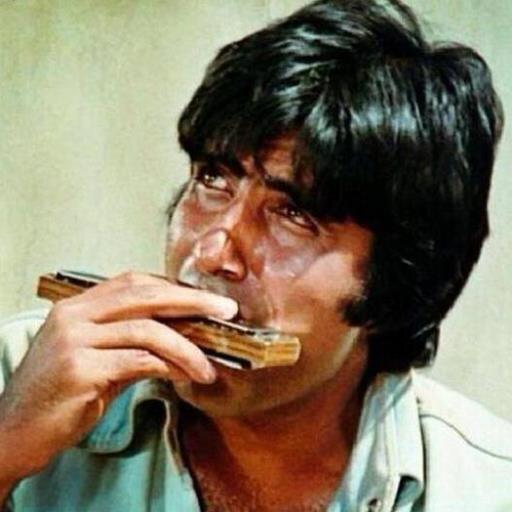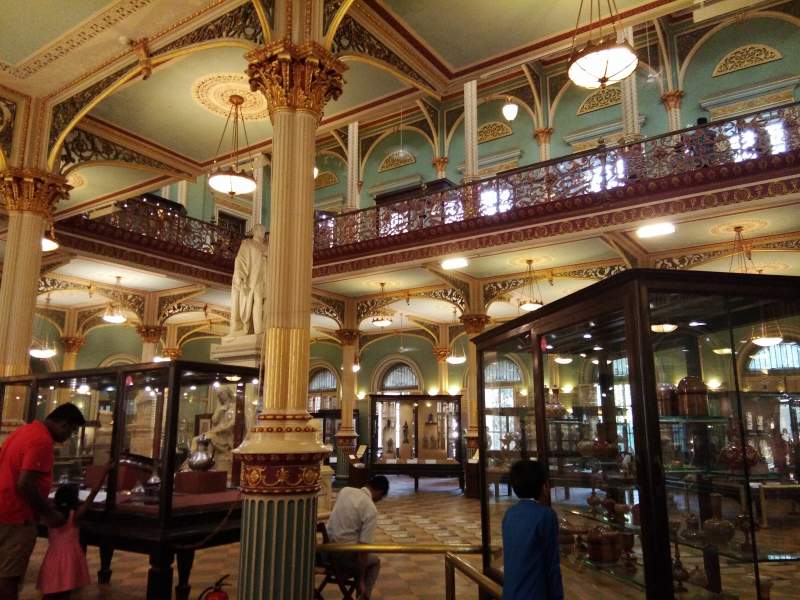JUHU BEACH & SHOLEY STAR AMITABH BACHCHAN'S JALSA JUHU MUMBAI
JUHU BEACH is one of the popular BEACH along the Arabian Sea in
Mumbai. The sandy coast stretches for six kilometers up to Versova. The
Juhu beach is a popular tourist attraction throughout the year. It is
also a sought after destination for shooting films.
Tourists visit Juhu beach to enjoy its scenic beauty. The shores are ideal to relax and enjoy after a long, tedious day. Watching the sun set over the glittering waters of Arabian is a soothing sight.
Juhu beach generally gets more crowded on weekends. The food court here is famous for its 'Mumbai style' street food. Do try the mouthwatering delicacies notably Bhelpuri, Pani Puri and Sevpuri. There are numerous Horse pulled carriages offering joyrides to tourists for a small fee. The mix of acrobats, dancing monkeys, cricket matches, toy sellers create a carnival like setting. You can walk on the sand or indulge in frolicking in the sea. Stop for plane-spotting as a portion of the beach is covered by departure path from Runway of Mumbai Airport.
Juhu beach is among the most popular places in Mumbai to visit during the annual Ganesh Chaturthi celebrations. The shores witness thousands of devotees arriving in grand processions, carrying idols of the Lord Ganesh of various sizes, to be immersed in the water at the beach.
The Sholay star

Tourists visit Juhu beach to enjoy its scenic beauty. The shores are ideal to relax and enjoy after a long, tedious day. Watching the sun set over the glittering waters of Arabian is a soothing sight.
Juhu beach generally gets more crowded on weekends. The food court here is famous for its 'Mumbai style' street food. Do try the mouthwatering delicacies notably Bhelpuri, Pani Puri and Sevpuri. There are numerous Horse pulled carriages offering joyrides to tourists for a small fee. The mix of acrobats, dancing monkeys, cricket matches, toy sellers create a carnival like setting. You can walk on the sand or indulge in frolicking in the sea. Stop for plane-spotting as a portion of the beach is covered by departure path from Runway of Mumbai Airport.
Juhu beach is among the most popular places in Mumbai to visit during the annual Ganesh Chaturthi celebrations. The shores witness thousands of devotees arriving in grand processions, carrying idols of the Lord Ganesh of various sizes, to be immersed in the water at the beach.
The Sholay star

Amitabh Bachchan
The family currently lives at Jalsa, the twin-storey bungalow at J W Marriott, Juhu that has a living area of 10,125 sqft. Reportedly, the property was gifted to Big B by film director/producer Ramesh Sippy, as remuneration for his lead role in the 1982 film Satte Pe Satta. Every Sunday, Bachchan, who likes to stay in touch with the masses, makes an appearance to greet his fans here.
Amitabh Bachchan is undeniably one of the biggest Bollywood stars who has been ruling our hearts since forever now. His legacy is not just evident from his stardom but also from his lavish Mumbai residence also. Located in the Juhu area of Mumbai, the actor’s luxurious house, named Jalsa.Amitabh Bachchan’s Bungalow’s, Jalsa and Pratiksha Are Mumbai Tourist Landmarks
Amitabh Bachchan’s JALSA Address
Vaikunthlal Mehta Road, J.V.P.D. Scheme,
Juhu, Opposite Tulip Star Hotel,
Mumbai 400049
(Amitabh Bachchan’s 5th and latest house is just behind “Jalsa”.)
Amitabh Bachchan’s PRATIKSHA Address
10th Rd,
J.V.P.D. Scheme,
Bombay 400049.
Not just Amitabh Bachchan, but many
other Hindi movie stars have their bungalows and houses in and around
Juhu, JVPD, Andheri and Bandra. Passionate Hindi film lovers can plan
their Hindi movie star house visits.
Girgaum Chowpatty, Mumbai Overview
Popularly known as Chowpatty, the beach is located in southern Mumbai
along the western railway route. This small sandy beach is a popular
place to chill, and a must visit for all tourists who visit Marine Drive for the first time.
At night, the beach appears to look like a colourful fair. Children from all age groups rush to ride the Ferris wheel and merry-go-rounds, while the adults indulge in the city's famous street snacks. Visitors also head to nearby attractions and local markets, to get the most out of their day out. Never is this beach empty or deserted. You will always find one or the other person here, lazing around on the beach; or children, lost in their world, blithely building sand castles along the shore. All in all, the Girgaum Chowpatty offers fun, frenzy and delights all rolled into one, and it is worth spending a few hours here to break free from the usually claustrophobic city.
At night, the beach appears to look like a colourful fair. Children from all age groups rush to ride the Ferris wheel and merry-go-rounds, while the adults indulge in the city's famous street snacks. Visitors also head to nearby attractions and local markets, to get the most out of their day out. Never is this beach empty or deserted. You will always find one or the other person here, lazing around on the beach; or children, lost in their world, blithely building sand castles along the shore. All in all, the Girgaum Chowpatty offers fun, frenzy and delights all rolled into one, and it is worth spending a few hours here to break free from the usually claustrophobic city.
















































